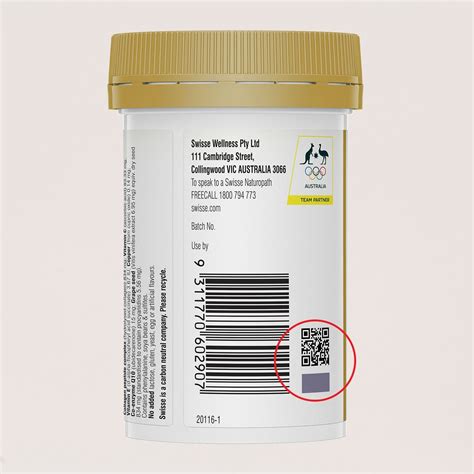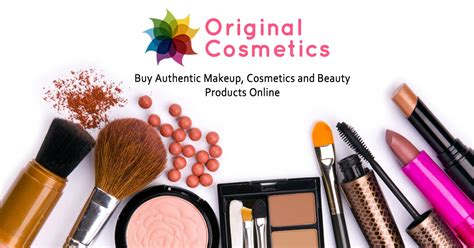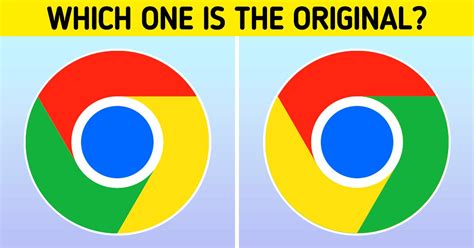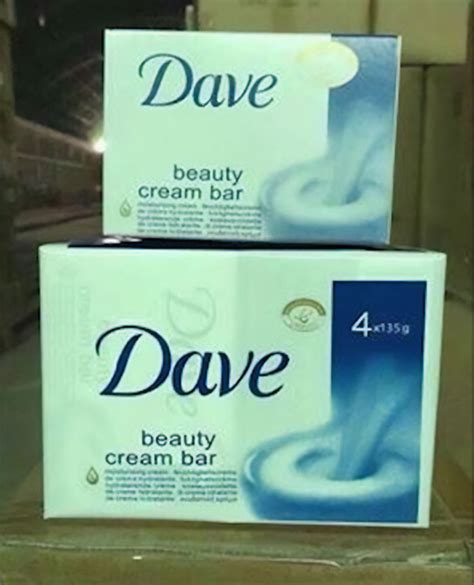How to Identify Fake Brands: A Comprehensive Guide
Understanding the Difference Between Genuine and Fake Brands
With the rise of e-commerce and global marketplaces, distinguishing real brands from counterfeit ones has become crucial. While fake brands are often highly convincing, there are reliable methods to identify authenticity. This section will cover the essential traits and differences between genuine and counterfeit brands.

- Quality: Authentic brands usually have better materials and workmanship.
- Logos and Fonts: Counterfeits often have slight deviations in logos or fonts.
- Packaging: Branded items usually have secure and high-quality packaging.
- Price: Real brands rarely offer heavy discounts outside of sales seasons.
Inspecting Packaging and Labels for Authenticity
Packaging is a critical aspect where counterfeit brands often fail to match the standards of genuine products. Below, we outline what to look for in packaging and labels to detect fake brands.
| Feature | Authentic | Fake |
|---|---|---|
| Material | Durable, quality material | Cheap, easily worn material |
| Labels | Clear, detailed | Blurry, inconsistent |

Analyzing Product Quality and Craftsmanship
Product quality and craftsmanship reveal a lot about authenticity. This section covers key aspects like stitching, material, and overall build quality that often differ between real and fake brands.
- Stitching: Real brands have consistent, tight stitching; fakes may have loose or uneven stitches.
- Materials: Genuine brands use premium materials, whereas counterfeits often cut costs.
- Finishing: Authentic items have a refined finish, without loose threads or scratches.
Price Analysis: Spotting Deals That Are Too Good to Be True
Price is often a straightforward indicator of authenticity. Products that seem much cheaper than their regular price may indicate a counterfeit. Here’s how price plays a role in identifying real vs. fake brands.
- Research Retail Price: Check the original brand’s site for accurate pricing.
- Suspicious Discounts: Be wary of heavy discounts outside of known sales periods.
- Bulk Offers: Offers like “buy one get one free” are uncommon for high-end brands.
Where to Buy: Trusted Retailers vs. Risky Sources
Where you purchase a product significantly affects its authenticity. This section focuses on identifying safe shopping sources versus riskier options.
- Authorized Retailers: Buy directly from the brand’s website or official partners.
- Third-Party Sellers: Be cautious when purchasing from third-party marketplaces.
- Local Shops: Small stores may not always carry authentic goods, so verify their sources.

Technology to Detect Fake Brands
Today, advanced technology can assist in identifying counterfeit products. Here are some popular tools and techniques for detecting fake brands.
| Tool | Purpose |
|---|---|
| QR Code Scanners | Verify product information by scanning the QR code. |
| Mobile Apps | Some brands have apps to verify the authenticity of their products. |
Checking Online Reviews and Seller Ratings
Reading reviews and checking seller ratings are useful strategies for identifying fake brands, especially on e-commerce platforms. This section outlines how to evaluate online feedback effectively.
- Look for Verified Reviews: Check if reviews are from verified buyers.
- Analyze Ratings: High ratings with generic comments might indicate fake reviews.
- Compare Across Platforms: Consistency in reviews across platforms can validate authenticity.
Spotting Fake Logos and Fonts
Logos and fonts are some of the most noticeable features that differ in counterfeit products. This section provides insights on how to detect fake logos and fonts by analyzing minor discrepancies.
- Size: Fake logos may be slightly larger or smaller than the authentic ones.
- Color: Counterfeits might not match the exact color shades of real logos.
- Positioning: Authentic logos are precisely positioned, while fake ones may appear uneven.

Serial Numbers and Authentication Codes
Many brands use serial numbers or authentication codes to help consumers verify their products. Here’s how you can use these codes to identify counterfeit brands.
- Check Online: Many brands allow you to verify serial numbers directly on their website.
- Consistency: Fake products may have repeated or missing codes.
- Holograms: High-end brands may include holograms as a security measure.
Engaging with Customer Support for Verification
If you’re uncertain about a product’s authenticity, contacting the brand’s customer support can be a reliable method to verify it. This section provides guidance on reaching out for assistance.
- Email: Some brands can authenticate through email if provided with serial numbers and images.
- Chat Support: Live chats on the official site may offer instant support.
- Social Media: Some brands provide verification services through official social media channels.
Summary Table
| Factor | Real Brands | Fake Brands |
|---|---|---|
| Packaging | High quality, branded | Cheap, inconsistent |
| Product Quality | Premium materials | Low-grade materials |
| Pricing | Consistent with official price | Unusually low discounts |
| Logos | Accurate, consistent | Blurry, misaligned |
Frequently Asked Questions
What are the key signs of a fake brand?
Poor quality, inconsistent logos, suspicious pricing, and low-grade packaging are signs of a counterfeit.
How can packaging help identify fake brands?
Authentic brands often have secure, branded packaging with high-quality materials.
Are low prices always a sign of a fake product?
Unusually low prices, especially outside of sale seasons, can be a red flag for counterfeit goods.
What role do serial numbers play in brand authenticity?
Serial numbers help verify authenticity by matching the product to the brand’s database.
Can customer support verify a product’s authenticity?
Yes, many brands’ customer support teams can help verify authenticity.
How can online reviews help in identifying fake brands?
Genuine reviews on verified platforms can indicate product authenticity.
What technologies are available to detect counterfeit products?
Tools like QR code scanners, mobile verification apps, and serial number databases aid in detecting fakes.


